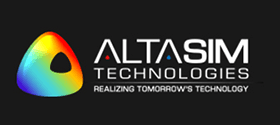Reasons for Outsourcing Your Simulation Engineering – AltaSim Technologies Consulting Services Described: Part 1
Introduction Engineers, product designers and researchers often find our website and then reach out to us with questions about how AltaSim Technologies could be a guide on their path to solving challenges using COMSOL Multiphysics simulation software. I thought I would share some of the key components of these conversations to help you understand how […]
